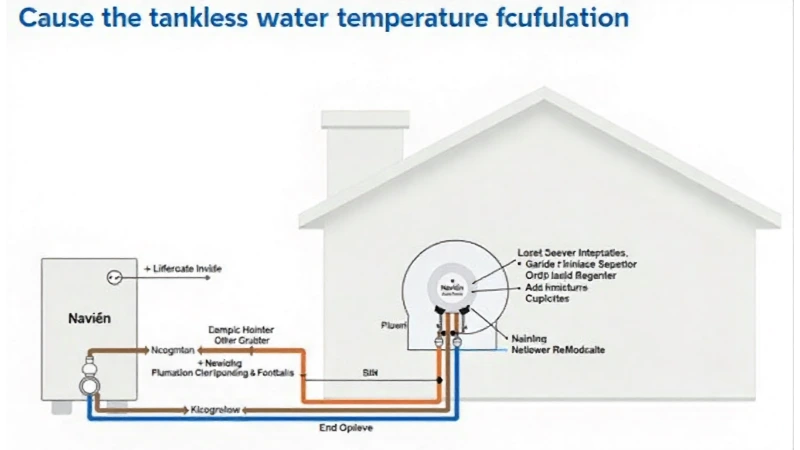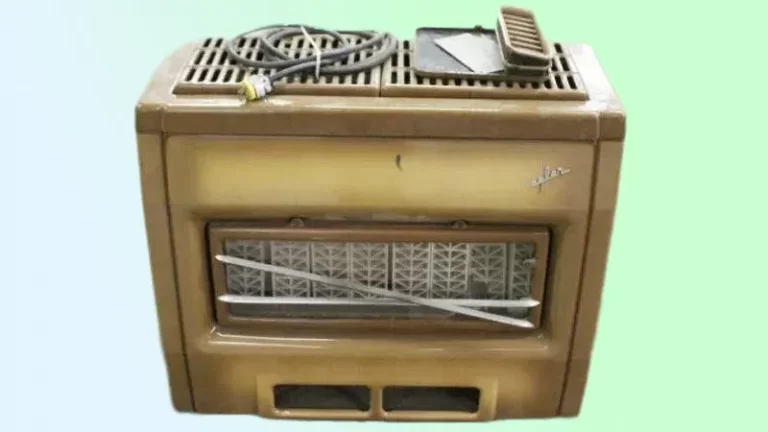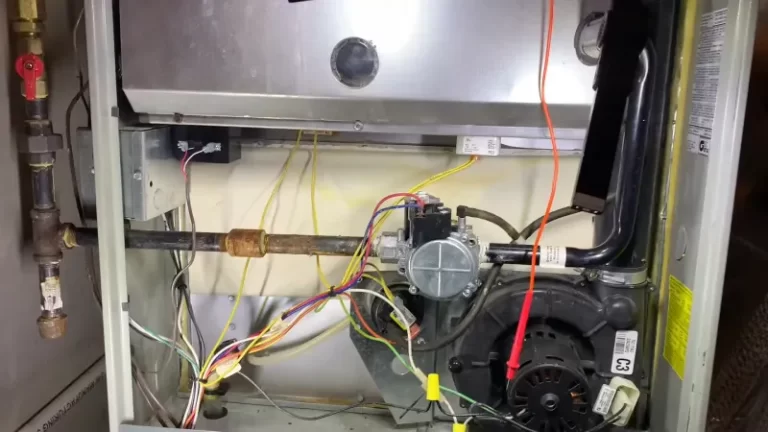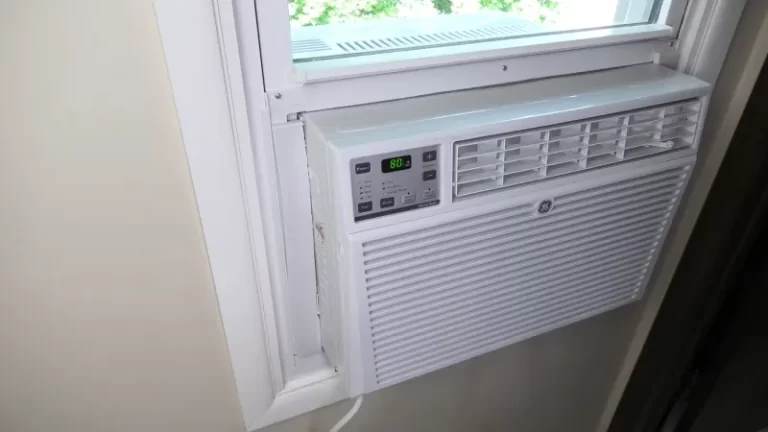Should You Use a Tankless Water Heater for Baseboard Heat? The Surprising Truth
You’re exploring efficient ways to heat your home, and a question arises: can a tankless water heater effectively run your hydronic baseboard heating system? It’s a compelling idea—combining endless hot water with home heating. But diving into this solution reveals a complex picture filled with potential benefits and significant challenges.
The primary appeal is efficiency. Tankless heaters warm water on demand, eliminating the standby heat loss of traditional boilers. This could translate to lower energy bills, a tempting prospect for any homeowner. However, this setup is not a simple swap.
You'll Learn About
The Core Problem: Are Tankless Heaters Built for This?
The main issue is that most standard tankless water heaters are designed for domestic hot water (DHW), not for the continuous, closed-loop demands of a space heating system. This fundamental difference creates several potential problems that need careful consideration before you proceed.
A hydronic heating system circulates water in a closed loop, returning already warm water to be reheated. This contrasts sharply with a DHW system, which heats cold groundwater from the municipal supply. This operational difference is where many challenges begin.
Understanding the Technical Hurdles
One of the most common issues is short cycling. A tankless heater is designed to fire up at full power to rapidly heat cold water. When slightly warm water returns from your baseboards, the heater might quickly reach the target temperature and shut off, only to fire up again moments later. This constant on-and-off cycling can lead to premature wear and tear on the unit’s components. Some users report their units cycling every few minutes, which can be inefficient and damaging in the long run.

Another significant concern is the unit’s warranty. Many manufacturers will void the warranty if their standard DHW tankless heater is used for space heating. They often produce specific models, sometimes called “combi-boilers” or hydronic air handlers, designed for this dual purpose. Using the wrong type of unit is a financial risk.
Flow rate is also critical. Tankless heaters require a minimum flow rate to activate the burner. A hydronic system’s circulation pump might not always meet this minimum, leading to inconsistent heating or the unit failing to turn on when needed. This is especially true in smaller heating zones.
The Solution: A Properly Designed System
Despite the challenges, using a tankless water heater for baseboard heat is possible and can be efficient if engineered correctly. The solution lies in careful planning, selecting the right equipment, and understanding the system’s unique requirements.
The key is to move beyond a simple DIY approach and invest in a system designed for this specific application. This involves more than just connecting a standard tankless unit to your baseboard pipes.
Choosing the Right Equipment
First and foremost, select a tankless unit rated for space heating. Manufacturers like Navien and Rinnai offer combination (combi) boilers or tankless models specifically designed for hydronic systems. These units are built to handle the lower temperature rise and continuous circulation of a heating loop, often with modulating burners that adjust their output to prevent short cycling. If your thermostat is acting up, you might want to investigate if your Honeywell RTH9585WF keeps rebooting, as this could be a separate issue.
A buffer tank is often a crucial component in these systems. This small, insulated tank holds a volume of heated water, acting as a “buffer” between the tankless heater and the heating zones. It helps to smooth out the system’s operation, providing a consistent water temperature and significantly reducing short cycling. The heater warms the water in the buffer tank, and the circulator pump draws from the tank to heat the home.
Properly separating your domestic hot water from your heating water is also vital. An open-loop system, where the same water circulates through your baseboards and comes out of your taps, is generally not recommended due to potential contamination risks from system components like solder and pipe materials.
System Design and Installation
A closed-loop system with a heat exchanger is the safest and most common professional approach. In this setup, the tankless heater warms a dedicated loop of water (often containing glycol for freeze protection) that circulates through the baseboards. A separate heat exchanger transfers heat from this loop to your domestic water supply, ensuring the two never mix.
It’s also essential to size the unit correctly. Sizing for a heating application involves a heat loss calculation for your home (Manual J), not just the flow rate needed for your faucets. An undersized unit will struggle to keep your home warm on the coldest days. An oversized unit might exacerbate short-cycling issues if not properly modulated.
Just as you’d select the right tool for landscaping, like an Exmark Metro 26 for a specific lawn size, you need the right heating unit for your home’s needs. The efficiency of your fuel also matters; considering if birch is good firewood for a supplemental stove involves similar cost-benefit thinking.
Comparing Heating System Options
To make an informed decision, it helps to compare a tankless-based hydronic system with other common heating methods. Each has its own set of advantages and disadvantages in terms of cost, efficiency, and complexity.
| Heating System Type | Upfront Cost | Operating Cost | Key Advantage | Primary Disadvantage |
|---|---|---|---|---|
| Traditional Boiler | High | Moderate to High | Robust and reliable for heating | Standby heat loss; larger footprint |
| Standard Tankless for DHW (Improper Use) | Moderate | Low to High (Varies) | Compact size | Risk of short cycling and voided warranty |
| Combi-Boiler/Tankless for Heating | Very High | Low | High efficiency; endless hot water | Complex installation; higher initial cost |
| High-Efficiency Furnace | High | Low to Moderate | Forced air heats quickly | Requires ductwork; separate water heater needed |
Actionable Advice for Homeowners
If you are considering this path, here are the essential steps to take to ensure a successful and efficient system that provides both heat and hot water reliably.
Your first step should always be to consult with an experienced HVAC professional who specializes in hydronic heating systems. They can perform the necessary heat loss calculations and design a system that is safe, efficient, and tailored to your home’s specific needs.
Final Checklist Before You Commit
Before making a final decision, ask yourself these critical questions. Is the higher upfront cost of a proper combi-boiler system within your budget? Are you prepared for a more complex installation compared to a simple boiler replacement?
Ultimately, while using a standard tankless water heater for baseboard heat is fraught with problems, a purpose-built combination system can be an excellent, energy-saving solution. The key is using the right tool for the job—a system designed from the ground up to handle both space heating and domestic hot water efficiently and safely.



